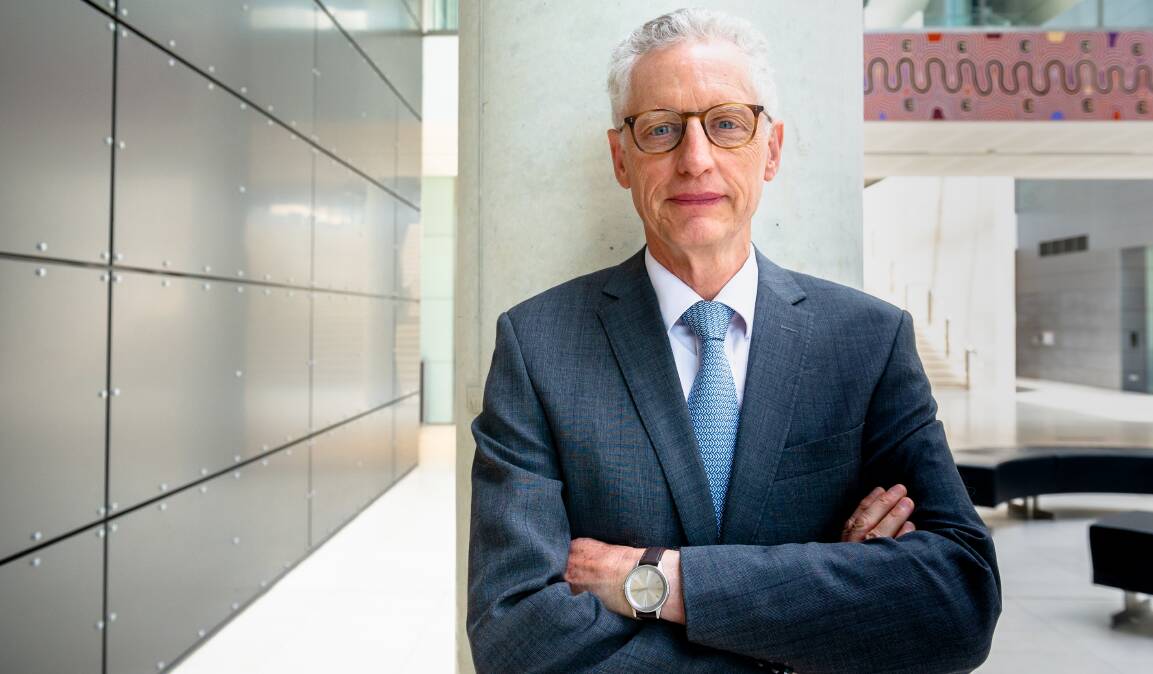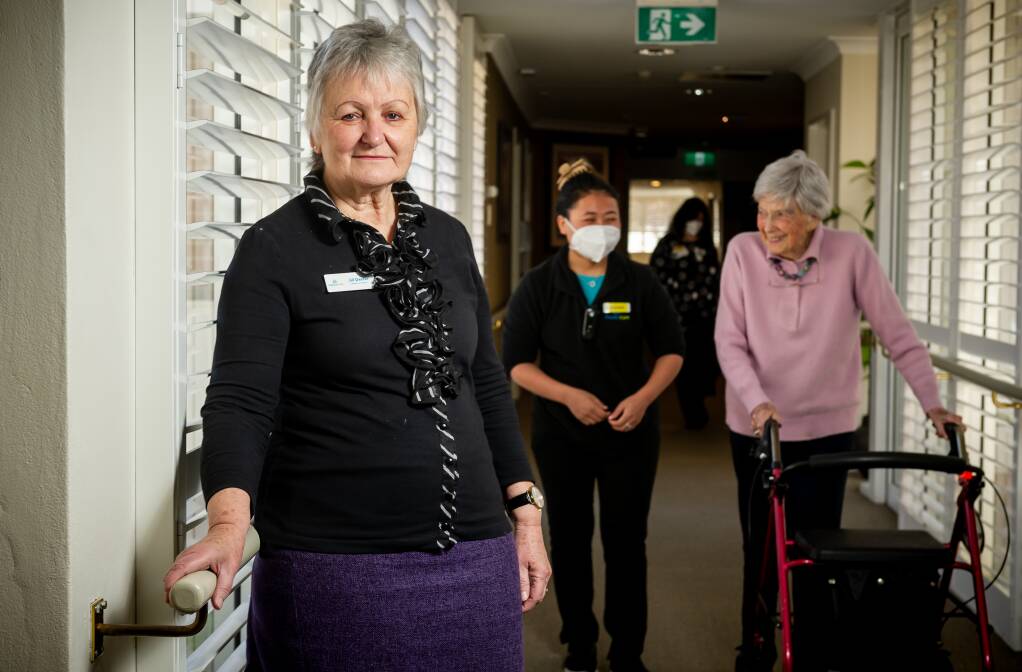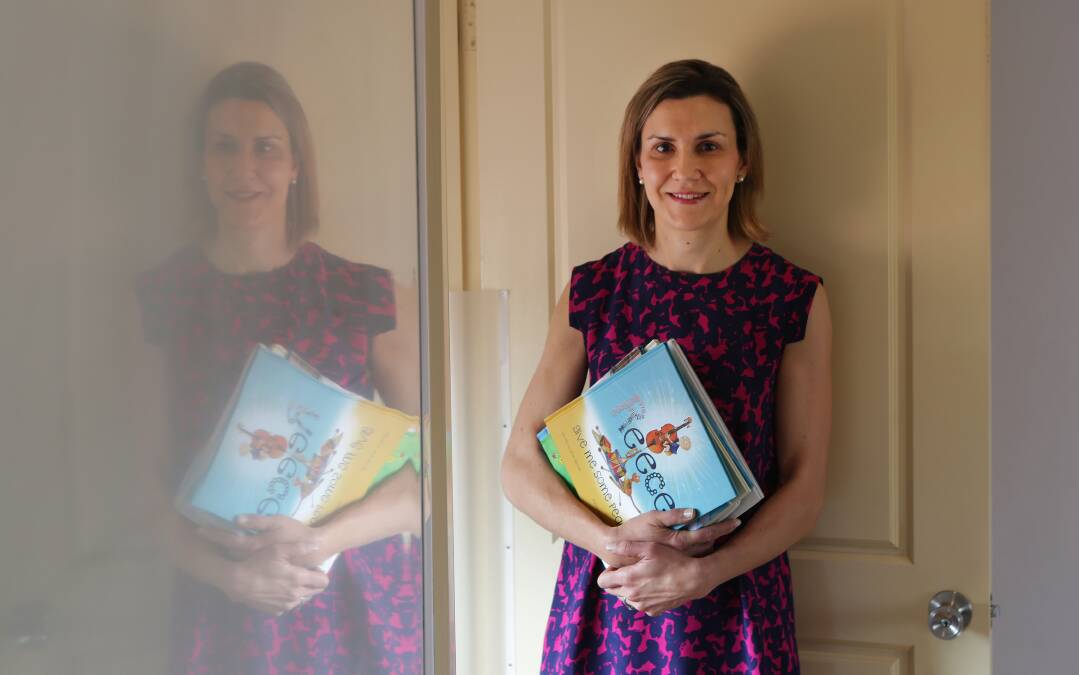Fewer Australians are working a traditional 40 hours or more week, 2021 Census data has revealed.
While 45 per cent of Australians worked 40 hours or more 10 years ago, only 38 per cent did last year.
However, the median hours worked remained the same as 2016 and 2011 - 38 hours per week.
Work hours varied largely by occupation, Australian Bureau of Statistics head Dr David Gruen said.

People in the mining industry were the longest working, clocking in a median of 48 hours.
The accommodation and food industry had the fewest hours worked, at 20 hours per week.
"Interestingly, school principals worked as many hours as surgeons with each recording a median of 50 hours per week," Dr Gruen said.
In the week before the census, more than seven million people worked full-time, four million worked part-time and one million did not work.
Two in three part-time workers were female, the ABS said.
Full-time workers were just as likely to spend unpaid time looking after children as part-timers.
Only 10 per cent of males employed either part or full-time spent 15 hours or more on domestic work, compared to 32 per cent of females working part-time and 21 per cent working full-time.
Because of COVID-19 lockdowns, many people in NSW (31 per cent) and Victoria (26 per cent) were working from home on census night.
Nearly one in 10 of the nearly 250,000 employed ACT residents were working from home on August 10, 2021.
The territory went into lockdown two days after the Census was taken.
The ABS also found that the nation's top four industries - health care, retail, construction and education - made up 40 per cent of the workforce.

One in seven people work in the caring industry.
"There are now over 1.7 million people working in health care and social assistance in Australia, of which 30 per cent are working in hospitals," Dr Gruen said.
Many high growth occupations were in health and the care economy, despite severe worker shortages in both industries.
There was a 72 per cent increase in aged and disabled carers from 2016.
The number of occupational therapists jumped 57 per cent and there were 49 per cent more audiologists and speech pathologists.
There were also 40 per cent more psychiatrists and psychologists.

More than half of the population over the age of 15 has a post-secondary qualification, with overseas-born Australians better educated.
Qualifications in south Asian languages - like Punjabi, Bengali and Nepali has doubled since 2016, making it the third fastest growing field of study.
The 2021 census results also indicated that nearly 6000 Canberrans were born in Nepal.
Nearly one in 10, or about 9 per cent, of statisticians in Australia live in Belconnen, ACT - home of the ABS.
We've made it a whole lot easier for you to have your say. Our new comment platform requires only one log-in to access articles and to join the discussion on The Canberra Times website. Find out how to register so you can enjoy civil, friendly and engaging discussions. See our moderation policy here.







